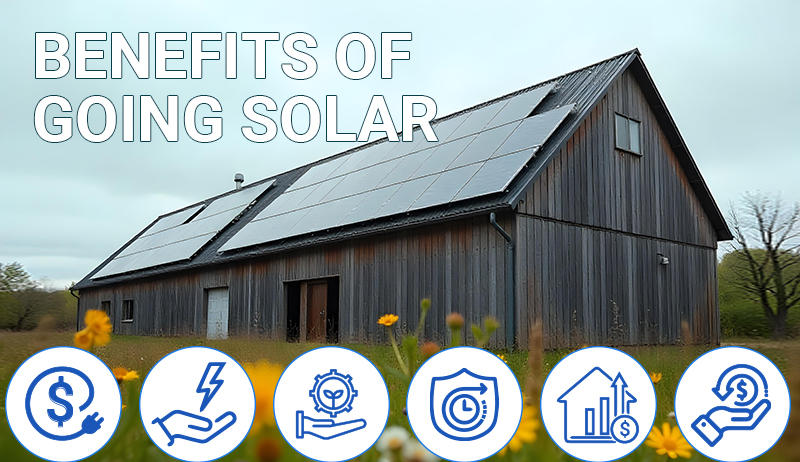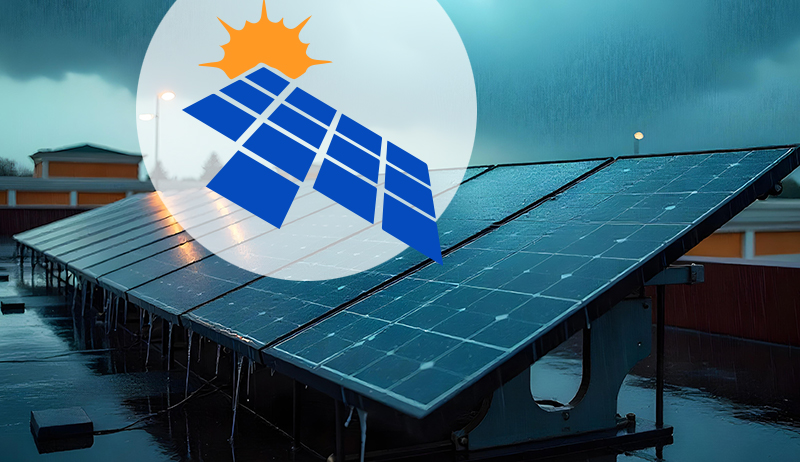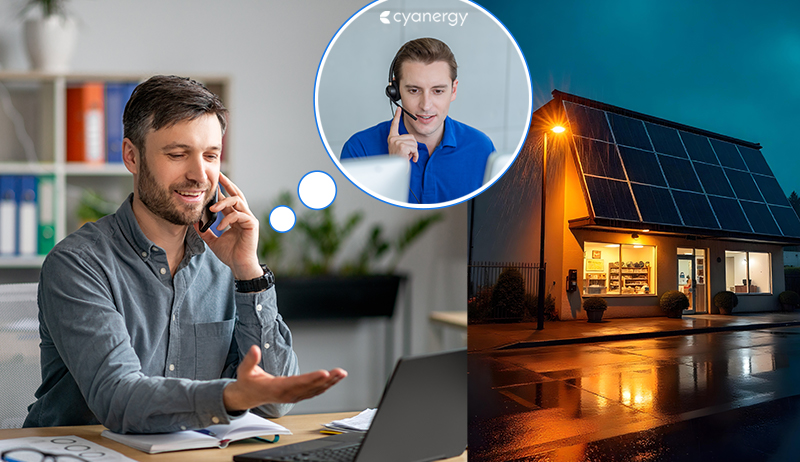Introduction Sustainable Energy and Water Resource Management
The interdependence between energy and water resources is evident in various aspects of our lives. From energy generation nd distribution to water extraction, treatment, and distribution, these sectors are interconnected and face shared challenges.
Embracing sustainable Energy and Water Resource Management and adopting efficient water resource management practices can promote integrated sustainability, ensuring the availability of clean water and reliable energy while preserving natural ecosystems.
This article explores the importance of sustainable energy and water resource management in achieving integrated sustainability, highlighting the synergies, benefits, and strategies for their harmonious coexistence.
Outlook Sustainable Energy and Water Resource Management
1. Energy-Water Nexus: Understanding the Interconnections
The energy-water nexus refers to the interdependencies and trade-offs between the energy and water sectors. Energy production often requires significant water resources, while water treatment and distribution consume substantial energy. Understanding these interconnections is crucial for developing integrated strategies that optimize resource use and minimize environmental impacts. By adopting sustainable energy practices and efficient water management techniques, we can reduce resource conflicts and enhance overall system resilience.
2. Renewable Energy for Sustainable Water Systems
Renewable energy plays a vital role in ensuring sustainable water systems. Integrating renewable energy technologies, such as solar and wind power, into water treatment and distribution processes reduces greenhouse gas emissions, lowers operational costs, and enhances system resilience. Solar-powered water pumps, desalination plants, and wastewater treatment facilities offer sustainable alternatives to traditional energy-intensive water management practices, improving energy efficiency and minimizing environmental impacts.
3. Energy Efficiency in Water Resource Management
Energy efficiency measures in water resource management can significantly reduce energy consumption and associated greenhouse gas emissions. Adopting energy-efficient technologies, such as high-efficiency pumps, motors, and sensors, optimizes energy use in water treatment, distribution, and wastewater management. Implementing smart grid systems and advanced metering infrastructure enables real-time monitoring and demand management, ensuring energy is used efficiently across water systems.
4. Water Conservation in Energy Generation
Water scarcity is a global concern, and the energy sector is a significant water consumer. Power generation, particularly thermoelectric power plants, consumes substantial amounts of water for cooling purposes. By transitioning to water-efficient and waterless energy generation technologies, such as solar photovoltaics and wind turbines, we can reduce the strain on water resources and minimize environmental impacts. Embracing these sustainable energy alternatives enhances water availability for other critical sectors and ecological systems.
5. Integrated Planning and Policy Frameworks
Integrated planning and policy frameworks are essential for achieving sustainable energy-water resource management. Governments, water utilities, and energy providers should collaborate to develop integrated strategies that consider the synergies and trade-offs between energy and water sectors. This includes incorporating sustainable energy and water management goals into national policies, fostering cross-sectoral coordination, and promoting innovative approaches, such as water-energy nexus assessments, to inform decision-making processes.
6. Public Awareness and Stakeholder Engagement
Raising public awareness about the interconnections between energy and water resources is vital for promoting sustainable practices and garnering support for integrated sustainability. Educational campaigns, stakeholder engagement, and community involvement play a crucial role in driving behavioral change and encouraging responsible resource use. By empowering individuals and communities with knowledge and fostering a sense of shared responsibility, we can collectively work towards sustainable energy and water resource management.
Holistic approach for Sustainable Energy and Water Resource Management
Sustainable Energy and Water Resource Management. requires a holistic approach that recognizes the interdependencies between energy and water resources.
Sustainable energy solutions and efficient water resource management practices are essential for ensuring the availability of clean water, reliable energy, and the preservation of natural ecosystems.
By embracing renewable energy technologies, promoting energy efficiency, conserving water in energy generation, and adopting integrated planning approaches, we can harmonize the energy-water nexus and move towards a more sustainable future. Public awareness, stakeholder engagement, and collaboration across sectors are crucial in driving the transition towards integrated sustainability, where energy and water resources are managed in a mutually beneficial and environmentally responsible manner.
Integrated sustainability not only safeguards the availability of essential resources but also brings numerous benefits. It enhances energy and water security, reduces greenhouse gas emissions, mitigates climate change impacts, and protects ecosystems and biodiversity. Integrated approaches can also foster economic development by creating green jobs, promoting innovation, and ensuring the long-term viability of water and energy systems.
To achieve integrated sustainability, it is important to consider the following strategies:
1. Holistic Planning and Decision-Making: Integrated planning frameworks that consider the interdependencies between energy and water systems should be developed. This involves collaboration between government agencies, utility providers, researchers, and stakeholders to identify synergies and trade-offs, set targets, and implement coordinated strategies.
2. Water-Energy Nexus Assessments: Conducting comprehensive assessments of the water-energy nexus helps identify areas where energy and water efficiencies can be improved. These assessments can inform decision-making processes, highlighting opportunities for renewable energy deployment, energy-efficient technologies, and water conservation measures.
3. Policy Integration: Governments should develop policies and regulations that promote the integration of sustainable energy and water resource management. This includes setting targets for renewable energy generation, incentivizing energy efficiency measures in water systems, and implementing water conservation practices in energy generation.
4. Technological Innovations: Continued research and development in sustainable energy and water technologies are vital for achieving integrated sustainability. Advancements in renewable energy, energy storage, water treatment, and distribution systems can further optimize resource use and minimize environmental impacts.
5. Stakeholder Engagement and Capacity Building: Engaging stakeholders, including communities, businesses, and non-governmental organizations, is crucial for successful implementation. Public awareness campaigns, education programs, and capacity-building initiatives can empower individuals and organizations to adopt sustainable practices and contribute to integrated sustainability efforts.
6. Knowledge Sharing and Collaboration: Collaboration among researchers, policymakers, practitioners, and industry experts is essential for sharing best practices, lessons learned, and technological advancements. Platforms for knowledge exchange, such as conferences, workshops, and online forums, can facilitate information sharing and foster collaboration.
Conclusion Sustainable Energy and Water Resource Management
Integrated sustainability requires the harmonious coexistence of sustainable energy and water resource management.
By embracing renewable energy, implementing energy-efficient practices, conserving water in energy generation, and adopting integrated planning approaches, we can achieve a more sustainable future. Integrated sustainability not only ensures the availability of clean water and reliable energy but also brings environmental, economic, and social benefits.
By working together and adopting a holistic approach, we can create a more resilient and sustainable society for present and future generations.
https://www.exaputra.com/2023/07/sustainable-energy-and-water-resource.html
Renewable Energy
Doing What’s “Right” Is More Controversial than it Seems
 Some of us are looking for a single, simple statement to encapsulate what is going so wrong in America today, and perhaps it relates to what Aristotle says at left here.
Some of us are looking for a single, simple statement to encapsulate what is going so wrong in America today, and perhaps it relates to what Aristotle says at left here.
Even the MAGA folks think that what they’re doing is “right.” By this I mean white supremacy, mass deportation of immigrants (with or without due process), the rejection of science, and so forth.
Renewable Energy
Trump’s Agenda Is Even Far-Reaching Than People May Think
 As Trump’s former lawyer Ty Cobb says at left, in addition to turning the United Stated into an autocratic regime, at the same time, Trump needs to alter history such that future generations don’t think he did anything wrong.
As Trump’s former lawyer Ty Cobb says at left, in addition to turning the United Stated into an autocratic regime, at the same time, Trump needs to alter history such that future generations don’t think he did anything wrong.
Yes, he has his hands full, but he’s assisted by hundreds of traitors in congress, and hundreds of millions of hateful morons in the U.S. electorate.
Renewable Energy
Victoria’s VEU Scheme Introduces New Solar Incentives for C&I Properties
-
Climate Change2 years ago
Spanish-language misinformation on renewable energy spreads online, report shows
-
Climate Change Videos2 years ago
The toxic gas flares fuelling Nigeria’s climate change – BBC News
-
Climate Change2 months ago
Guest post: Why China is still building new coal – and when it might stop
-

 Greenhouse Gases1 year ago
Greenhouse Gases1 year ago嘉宾来稿:满足中国增长的用电需求 光伏加储能“比新建煤电更实惠”
-

 Climate Change1 year ago
Climate Change1 year ago嘉宾来稿:满足中国增长的用电需求 光伏加储能“比新建煤电更实惠”
-
Greenhouse Gases2 months ago
Guest post: Why China is still building new coal – and when it might stop
-

 Carbon Footprint1 year ago
Carbon Footprint1 year agoUS SEC’s Climate Disclosure Rules Spur Renewed Interest in Carbon Credits
-
Renewable Energy3 months ago
US Grid Strain, Possible Allete Sale








